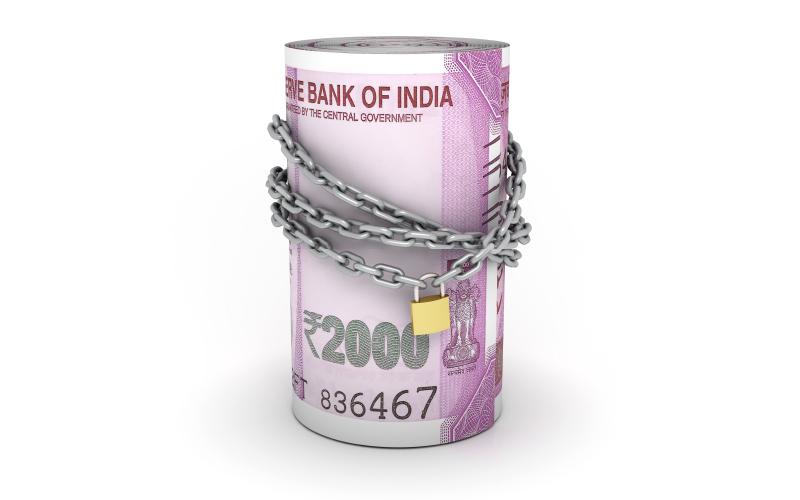The Indian government has declared that it is withdrawing the ₹2000 note. The note is currently the highest tender in circulation and was introduced after the 2016 demonetisation debacle.
Are the same fears there? What happens to the economy once the note is withdrawn? How will business owners get affected? Read on to know!
Contents
₹2000 notes withdrawn – What do we know?
When a currency note is withdrawn from circulation, it is not exactly like demonetisation. These notes remain legal tender but citizens have been asked to deposit or exchange all of these notes owned by September 30 2023.
These notes entered circulation in 2016 after the ₹500 note was declared suddenly ineffectual.
However, since the central bank wasn’t in favour of such high-value notes staying in circulation, these notes stopped printing four years ago.
Will this move affect the economy?
This is a valid concern especially after the heartbreak of 2016 when overnight 86% of the notes in circulation had been withdrawn.
The value of 2000-rupee notes in circulation currently is Rs 3.62 lakh crore ($44.27 billion). This is about 10.8% of the currency in circulation.
This time, however, the move is said to be less disruptive.
Here are a few reasons:
- The lower-value currency notes are going to be withdrawn over a longer period of time
- These high-value notes see a spike in usage just before general elections and this move would help disrupt black market activities
- The significant rise in digital transactions and eCommerce will help cushion the blow
- Since bank deposits will increase as people deposit this money, this will help improve the banking system’s liquidity
Who will get affected?
According to analysts from the Economic Times, L&T Finance Holdings, Emkay Global Financial Services etc, the main categories that would get affected by this withdrawal are:
- Cash-oriented sectors like agriculture, construction
- Small businesses that deal with cash transactions for their day-to-day activities
How do you protect yourself from these disruptions?
If 2016 was a rude shock to you, maybe you were better prepared for this time. Even though you get about 2 months to exchange all these notes, there are a few more ways in which you can protect yourself from this inconvenience in the future:
- If your business’s main transaction mode was cash – you may need to reconsider
- Have a healthy mix of digital wallets and physical cash reserves
- Use a secure and trusted payment gateway like Instamojo
- Don’t hoard cash in unsafe places like your home or a friend’s home
- Consider multiple and diverse sources of investments so that you can make money while you sleep
- Opt for UPI and other digital modes of payment as your main payment mode
The grand internet migration and the adoption of eCommerce in even the most remote corners of India is proof of how Cash is surely not the King any more.

